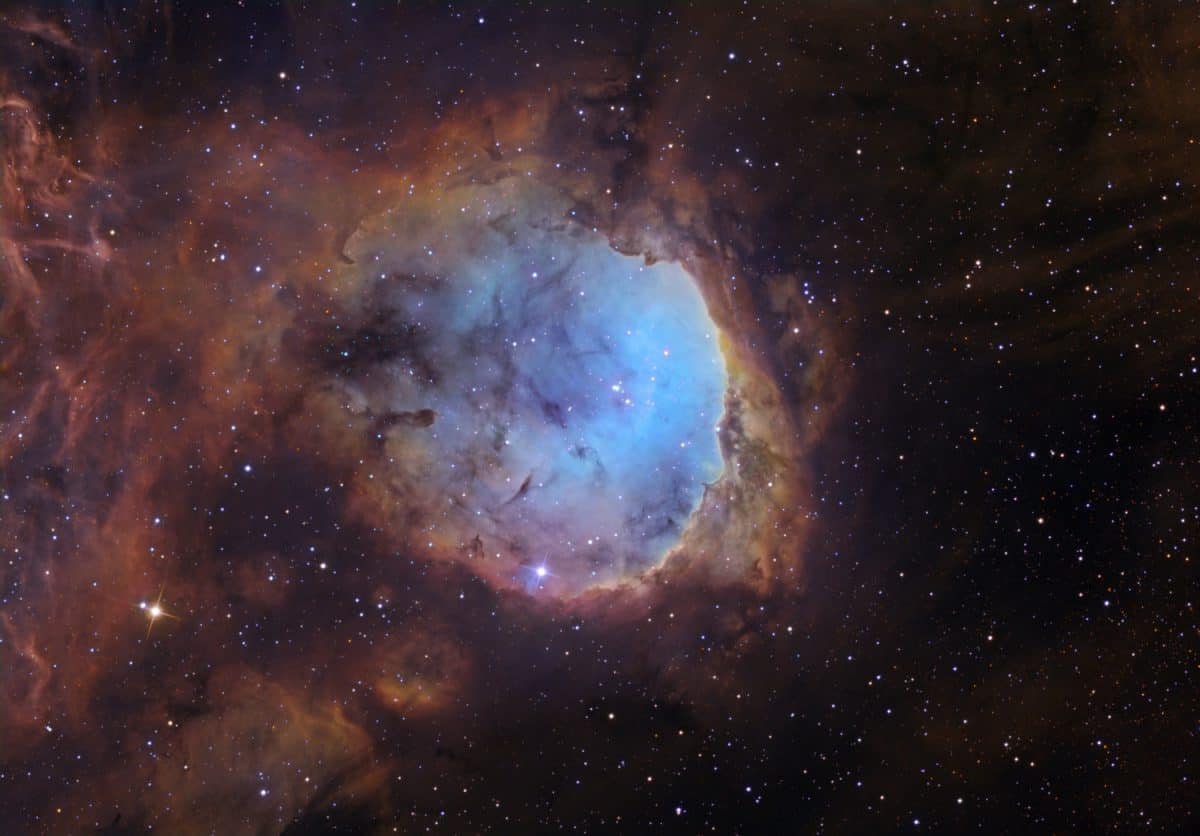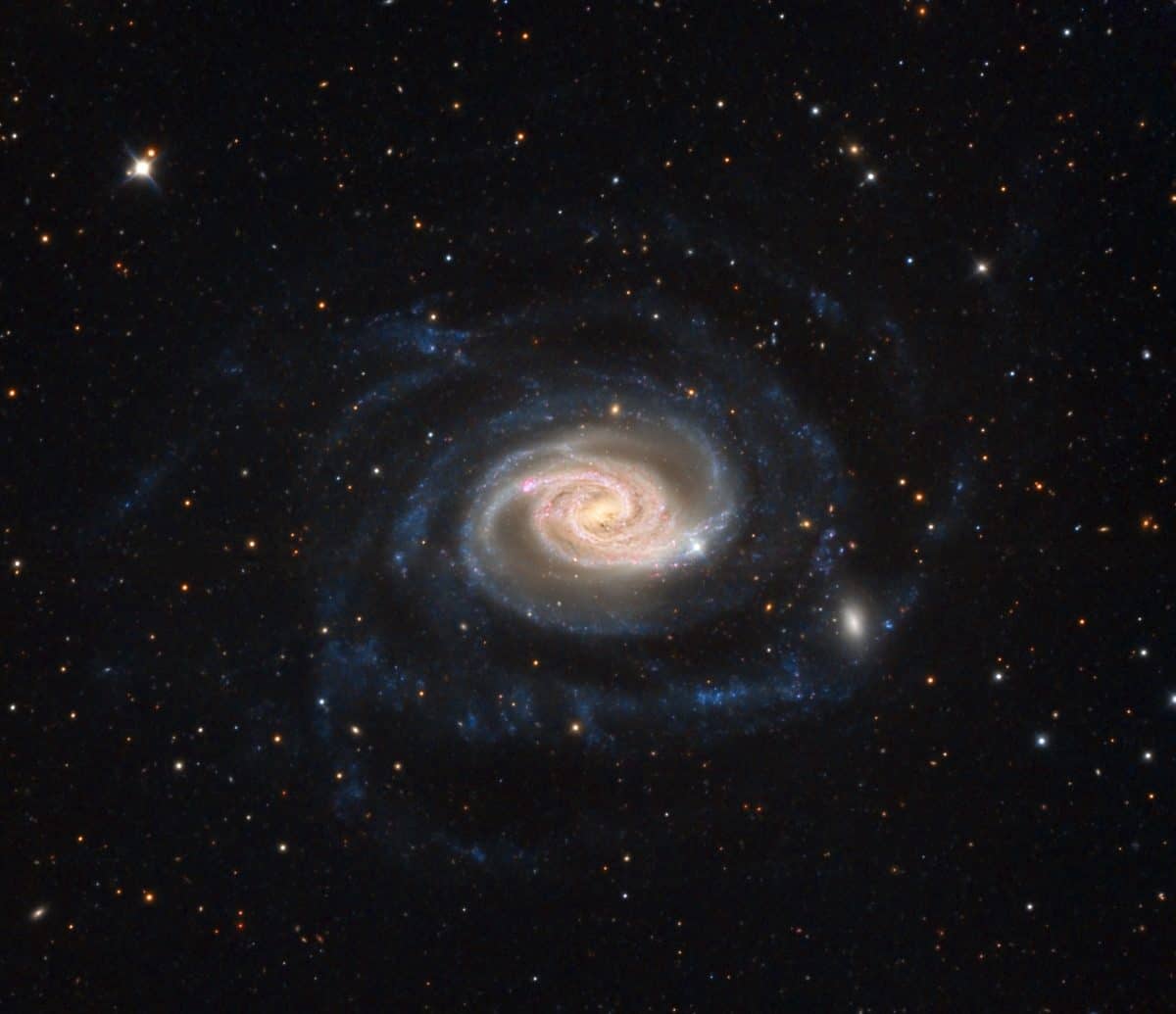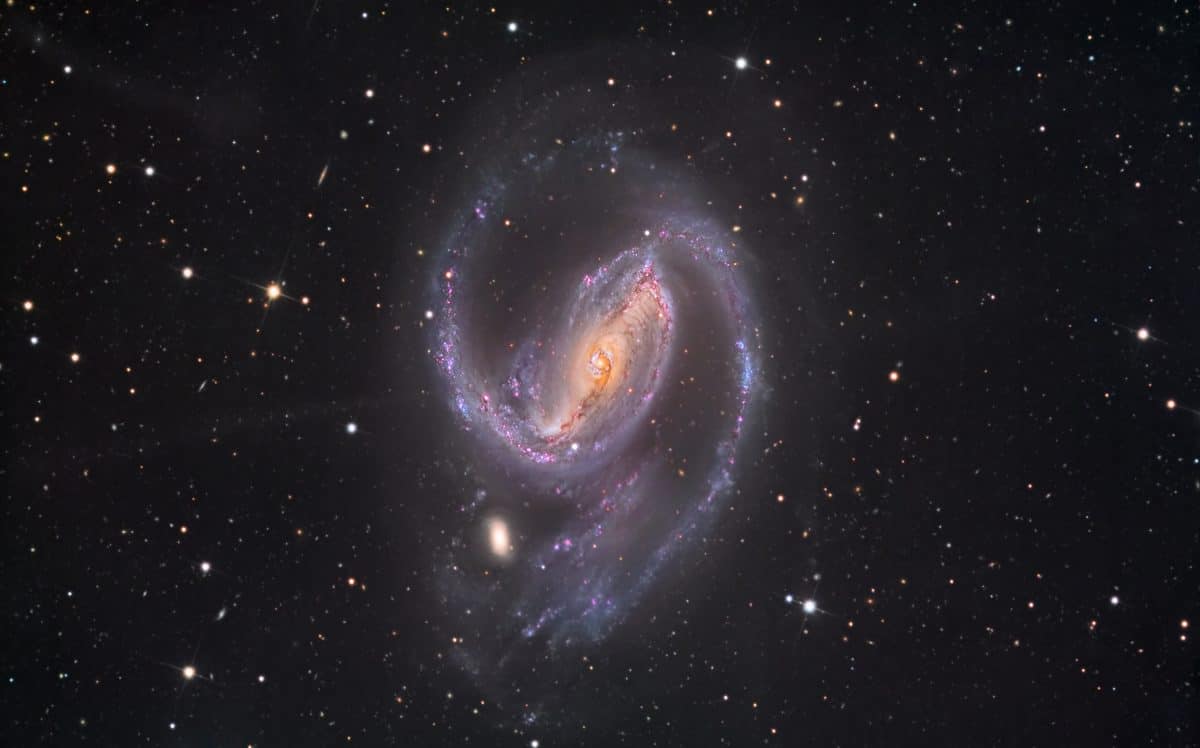Blog
Ramón “Mongo” Santamaría Rodríguez (April 7, 1917 – February 1, 2003) was a rumba quinto master and an Afro-Cuban Latin jazz percussionist. He is most famous for being the composer of the jazz standard “Afro Blue“, recorded by John Coltrane among others. In 1950 he moved to New York City where he played with Perez Prado, Tito Puente, Cal Tjader, Fania All Stars, etc. He was an integral figure in the fusion of Afro-Cuban rhythms with R&B and soul, paving the way for the boogaloo era of the late 1960s. His 1963 hit rendition of Herbie Hancock‘s “Watermelon Man” (recorded on December 17, 1962) was inducted into the Grammy Hall of Fame in 1998.
Mongo Santamaría was one of a handful of Cuban congueros (“conga players”) who came to the United States in the 1940s and 1950s. Other notable congueros who came to the U.S. during that time include Armando Peraza, Chano Pozo, Francisco Aguabella, Julito Collazo, Carlos Vidal Bolado and Modesto Durán. Many[who?] consider Santamaría to have been the greatest conga drummer of the twentieth century.
Santamaría learned rumba as a kid in the streets of Havana’s Jesús María barrio. He reminisced: “In the neighborhood where I came from we had all kinds of music, mostly from Africa. We did not leave it alone; we changed it our way. The music we made dealt with religion and conversation. The drum was our tool and we used it for everything”. Gerard points out: “Santamaría, like other drummers of his generation, learned music in the streets by observing different drummers. When he started playing professionally, he learned on the job. His approach was utilitarian, not theoretical”.Santamaría was mentored on bongos and rumba quinto by Clemente “Chicho” Piquero, who played in Beny Moré’s band. He recalled: “I would go with Chicho and play the tumbadora and also the [quinto]. I would play everything because I learned a lot from Chicho—because he could play everything”.
https://www.youtube.com/watch?v=egDLqG6dtMQ&list=PLamqGIGc1bfLZFgusjTc1JVHWodOxn7Qn&index=21
more...Eleanora Fagan (April 7, 1915 – July 17, 1959), better known as Billie Holiday, was an American jazz musician and singer-songwriter with a career spanning nearly thirty years. Nicknamed “Lady Day” by her friend and music partner Lester Young, Holiday had a seminal influence on jazz music and pop singing. Her vocal style, strongly inspired by jazz instrumentalists, pioneered a new way of manipulating phrasing and tempo. She was known for her vocal delivery and improvisational skills, which made up for her limited range and lack of formal music education.
After a turbulent childhood, Holiday began singing in nightclubs in Harlem, where she was heard by the producer John Hammond, who commended her voice. She signed a recording contract with Brunswick Records in 1935. Collaborations with Teddy Wilson yielded the hit “What a Little Moonlight Can Do“, which became a jazz standard. Throughout the 1930s and 1940s, Holiday had mainstream success on labels such as Columbia Recordsand Decca Records. By the late 1940s, however, she was beset with legal troubles and drug abuse. After a short prison sentence, she performed at a sold-out concert at Carnegie Hall, but her reputation deteriorated because of her drug and alcohol problems.
Though she was a successful concert performer throughout the 1950s with two further sold-out shows at Carnegie Hall, Holiday’s bad health, coupled with a string of abusive relationships and ongoing drug and alcohol abuse, caused her voice to wither. Her final recordings were met with mixed reaction to her damaged voice but were mild commercial successes. Her final album, Lady in Satin, was released in 1958. Holiday died of cirrhosis on July 17, 1959. A posthumous album, Last Recording, was released following her death.
https://www.youtube.com/watch?v=R7VNrRS3Sv0
more...The Song of the Butterfly
more...Channel One Studio
4-7-18
[arve url=”https://www.youtube.com/watch?v=qLkZgugz5is&list=PLEB3LPVcGcWZ0hsQ5_jgSMhawAnDzy1io&index=20″ /]
more...This bright cosmic cloud was sculpted by stellar winds and radiation from the hot young stars of open cluster NGC 3324. With dust clouds in silhouette against its glowing atomic gas, the pocket-shaped star-forming region actually spans about 35 light-years. It lies some 7,500 light-years away toward the nebula rich southern constellation Carina. A composite of narrowband image data, the telescopic view captures the characteristic emission from ionized sulfur, hydrogen, and oxygen atoms mapped to red, green, and blue hues in the popular Hubble Palette. For some, the celestial landscape of bright ridges of emission bordered by cool, obscuring dust along the right side create a recognizable face in profile. The region’s popular name is the Gabriela Mistral Nebula for the Nobel Prize winning Chilean poet.
more...
John Paul Pizzarelli Jr. (born April 6, 1960) is an American jazz guitarist and vocalist. He has recorded over twenty solo albums and has appeared on more than forty albums by other recording artists, including Paul McCartney, James Taylor, Rosemary Clooney; his father, jazz guitarist Bucky Pizzarelli; and his wife, singer Jessica Molaskey.
The son of swing guitarist Bucky Pizzarelli, John Pizzarelli was born in Paterson, New Jersey. He started on guitar when he was six and played trumpet through his college years. He attended Don Bosco Preparatory High School, an all-boys Catholic school. In his teens, he performed with Benny Goodman, Les Paul, Zoot Sims, Slam Stewart, and Clark Terry.
He attended the University of Tampa and William Patterson College, though he has said that his most important teacher was his father from 1980–1990. During the 1980s, he established himself as a jazz guitarist and a vocalist. He released his debut solo album, I’m Hip (Please Don’t Tell My Father), in 1983.
more...Charlie Rouse (April 6, 1924 – November 30, 1988) was an American hard bop tenor saxophonist and flautist. His career is marked by his collaboration with Thelonious Monk, which lasted for more than ten years.
Rouse was born in Washington, DC in 1924. At first he worked with the clarinet, before turning to the saxophone.
Rouse began his career with the Billy Eckstine Orchestra in 1944, followed by the Dizzy Gillespie Big Band in 1945, the Duke Ellington Orchestra from 1949 to 1950, the Count Basie Octet in 1950, Bull Moose Jackson And His Buffalo Bearcats in 1953, and the Oscar Pettiford Sextet in 1955. He made his recording debut with Tadd Dameron in 1947, and in 1957 made a notable album with Paul Quinichette.
He was a member of Thelonious Monk‘s quartet from 1959 to 1970. In the 1980s he was a founding member of the group Sphere, which began as a tribute to Monk.
more...Arthur S. Taylor, Jr. (April 6, 1929 – February 6, 1995) was an American jazz drummer who “helped define the sound of modern jazz drumming”.
As a teenager, Taylor joined a local Harlem band that featured Sonny Rollins, Jackie McLean and Kenny Drew. After playing in the bands of Howard McGhee (1948), Coleman Hawkins (1950–51), Buddy DeFranco (1952), Bud Powell (1953), George Wallington and Art Farmer (1954), Powell and Wallington again (1954–55), Gigi Gryce and Donald Byrd (1956), he formed his own group, Taylor’s Wailers. Between 1957 and 1963 he toured with Donald Byrd, recorded with Miles Davis, Gene Ammons and John Coltrane, and performed with Thelonious Monk; he also was a member of the original Kenny Dorham Quartet of 1957.
In 1963 he moved to Europe, where he lived mainly in France and Belgium for 20 years, playing with local groups and jazz musicians such as Johnny Griffin, John Bodwin and with travelling American musicians such as Woody Shaw during the latter’s tenure in Paris.
more...Randy Weston (born April 6, 1926, in Brooklyn, New York) is an American jazz pianist and composer of Jamaican parentage.He was described by Marian McPartland as “one of the world’s great visionary pianists and composers”.
Weston’s piano style owes much to Duke Ellington and Thelonious Monk (he has paid direct tribute to both on his “Portraits” albums), but it is highly distinctive in its qualities: percussive, highly rhythmic, capable of producing a wide variety of moods.
Also been characterized as a “griot of jazz and its African roots”, Weston has said: “It’s so important to teach the history of our music and the origins of our music, which comes directly from the African continent…. Musicians have to be historians, too.” Described as “America’s African Musical Ambassador”, he has said: “What I do I do because it’s about teaching and informing everyone about our most natural cultural phenomenon. It’s really about Africa and her music.”
https://www.youtube.com/watch?v=aEYHHkNEtSM
more...Walter Horton, better known as Big Walter (Horton) or Walter “Shakey” Horton (April 6, 1921 – December 8, 1981) was an American bluesharmonica player. A quiet, unassuming, shy man, he is remembered as one of the premier harmonica players in the history of blues. Willie Dixononce called Horton “the best harmonica player I ever heard.”
Horton was born in Horn Lake, Mississippi. He was playing the harmonica by the time he was five years old. In his early teens, he lived in Memphis, Tennessee. He claimed that his earliest recordings were done there in the late 1920s with the Memphis Jug Band,[3] but there is no documentation of them, and some blues researchers have stated that this story was likely to have been fabricated by Horton. (He also claimed to have taught some harmonica techniques to Little Walter and Sonny Boy Williamson I, but these claims are unsubstantiated and, in the case of Williamson, who was older than Horton, dubious.)[citation needed]
Like many of his peers, he lived on a meager income during much of his career and endured racial discrimination in the racially segregated United States. In the 1930s he played with numerous blues performers in the Mississippi Delta region. It is generally accepted that he was first recorded in Memphis, backing the guitarist Little Buddy Doyle on Doyle’s recordings for Okeh Records and Vocalion Records in 1939. These recordings were acoustic duets, in a style popularized by Sleepy John Estes and his harmonicist Hammie Nixon, among others.
more...World Music on Flamenco Fridays with Diego El Cigala featuring the Rondeña.
A Rondeña is a palo or musical form of flamenco originating in the town of Ronda in the province of Málaga in Spain.
In common with other palos originating in Málaga, the rondeña antedated flamenco proper and became incorporated into it during the 19th century.
According to the experts, the name does not derive from “nocturnal rounds”, as some have suggested, but is based solely on the name of the town Ronda.
The rondeña spread enormously throughout Andalusia in the 19th century, to such an extent that numerous foreign observers, touring the region at the time, referred to it later in their writings.
The rondeña has evolved in recent times, with a decrease in melismatic ornamentation, and generally the tempo is somewhat slower than was previously the case. It is a composition with an ad libtime signature
( compás ), and the lyrics are frequently about rustic life. A verse consists of four octosyllabic lines which sometimes become five through repetition of the second line.
https://www.youtube.com/watch?v=Ud10s_BmNHk
more...About 70 million light-years distant, gorgeous spiral galaxy NGC 289 is larger than our own Milky Way. Seen nearly face-on, its bright core and colorful central disk give way to remarkably faint, bluish spiral arms. The extensive arms sweep well over 100 thousand light-years from the galaxy’s center. At the lower right in this sharp, telescopic galaxy portrait the main spiral arm seems to encounter a small, fuzzy elliptical companion galaxy interacting with enormous NGC 289. Of course the spiky stars are in the foreground of the scene. They lie within the Milky Way toward the southern constellation Sculptor.
more...
Stanley William Turrentine (April 5, 1934 – September 12, 2000) was an American jazz tenor saxophonist. He began his career playing soul jazz for Blue Note Records, touched on jazz fusion during a stint on CTI Records in the 1970s, and was described by critic Steve Huey as “renowned for his distinctively thick, rippling tone [and] earthy grounding in the blues.” Turrentine was married to organist Shirley Scott in the 1960s, with whom he frequently recorded, and was the younger brother of trumpeter Tommy Turrentine.
Turrentine was born in Pittsburgh‘s Hill District into a musical family. His father, Thomas Turrentine, Sr., was a saxophonist with Al Cooper’s Savoy Sultans, his mother played stride piano, and his older brother Tommy Turrentine became a professional trumpet player.
He began his prolific career with blues and rhythm and blues bands, and was at first greatly influenced by Illinois Jacquet. In the 1950s, he went on to play with the groups of Lowell Fulson and Earl Bostic.
Turrentine received his only formal musical training during his military stint in the mid-’50s. In 1959, he left the military and went straight into the band of the drummer Max Roach.
more...Billy Bland (born 5 April 1932, Wilmington, North Carolina, died 22 March 2017, New York City[citation needed]) was an American R&B singer and songwriter.
Bland, the youngest of 19 children, first sang professionally in 1947 in New York, and sang with a group called The Bees in the 1950s on New Orleans‘s Imperial Records. In 1954, “Toy Bell” by the group caused some unrest by veering into the dirty blues genre. Dave Bartholomew brought them to New Orleans, where they recorded a song he had written and recorded twice before: firstly in 1952 for King Records as “My Ding-a-Ling,” and later that year for Imperial as “Little Girl Sing Ting-A-Ling.” Bland later pursued a solo career.
In 1960, Bland heard Titus Turner recording the song “Let the Little Girl Dance” in the studio, and demonstrated for Turner how to sing it (along with guitarist Mickey Baker and other session musicians).
more...Only a Woman
4-5-18
https://www.youtube.com/watch?v=RSll_QVg6WM&list=PLEB3LPVcGcWZ0hsQ5_jgSMhawAnDzy1io&index=21
more...Hugh Ramapolo Masekela (4 April 1939 – 23 January 2018) was a South African trumpeter, flugelhornist, cornetist, composer and singer. He has been described as “the father of South African jazz.” Masekela was known for his jazz compositions and for writing well-known anti-apartheid songs such as “Soweto Blues” and “Bring Him Back Home“. He also had a number 1 US pop hit in 1968 with his version of “Grazing in the Grass“.
Masekela was born in KwaGuqa Township, Witbank, South Africa to Thomas Selena Masekela, who was a health inspector and sculptor and his wife, Pauline Bowers Masekela, a social worker. As a child, he began singing and playing piano and was largely raised by his grandmother, who ran an illegal bar for miners. At the age of 14, after seeing the film Young Man with a Horn (in which Kirk Douglas plays a character modelled on American jazz cornetist Bix Beiderbecke), Masekela took up playing the trumpet. His first trumpet, from Louis Armstrong, was given to him by Archbishop Trevor Huddleston, the anti-apartheid chaplain at St. Peter’s Secondary School now known as St. Martin’s School (Rosettenville)
more...McKinley Morganfield (April 4, 1913 – April 30, 1983), known professionally as Muddy Waters, was an American blues musician who is often cited as the “father of modern Chicago blues“.
Muddy Waters grew up on Stovall Plantation near Clarksdale, Mississippi, and by age 17 was playing the guitar and the harmonica, emulating the local blues artists Son House and Robert Johnson. He was recorded in Mississippi by Alan Lomax for the Library of Congress in 1941. In 1943, he moved to Chicago to become a full-time professional musician. In 1946, he recorded his first records for Columbia Records and then for Aristocrat Records, a newly formed label run by the brothers Leonard and Phil Chess.
In the early 1950s, Muddy Waters and his band—Little Walter Jacobs on harmonica, Jimmy Rogers on guitar, Elgin Evans on drums and Otis Spannon piano—recorded several blues classics, some with the bassist and songwriter Willie Dixon. These songs included “Hoochie Coochie Man“, “I Just Want to Make Love to You” and “I’m Ready“. In 1958, he traveled to England, laying the foundations of the resurgence of interest in the blues there. His performance at the Newport Jazz Festival in 1960 was recorded and released as his first live album, At Newport 1960.
Muddy Waters’ influence was tremendous, not just on blues and rhythm and blues but on rock and roll, hard rock, folk music, jazz, and country music. His use of amplification is often cited as the link between Delta blues and rock and roll.
Muddy Waters’ birthplace and date are not conclusively known. He stated that he was born in Rolling Fork, Mississippi, in 1915, but it is believed to be more likely that he was born in Jug’s Corner, in neighboring Issaquena County, in 1913.[7] Recent research has uncovered documentation showing that in the 1930s and 1940s, before his rise to fame, the year of his birth was reported as 1913 on his marriage license, recording notes, and musicians’ union card. A 1955 interview in the Chicago Defender is the earliest in which he stated 1915 as the year of his birth, and he continued to say this in interviews from that point onward. The 1920 census lists him as five years old as of March 6, 1920, suggesting that his birth year may have been 1914. The Social Security Death Index, relying on the Social Security card application submitted after his move to Chicago in the mid-1940s, lists him as being born April 4, 1913. His gravestone gives his birth year as 1915.
more...More Posts
- Leland Sklar
- Russ Freeman
- T Bone Walker
- Andy Kirk
- Flamenco Fridays with Naike
- Daily Roots with Eek a Mouse
- The Cosmos with NGC 246
- Dee Dee Bridgewater
- Bud Shank
- Niels-Henning Ørsted Pedersen
- Kenny Dennis
- Ramsey Lewis
- World Music with Balkan Taksim
- Daily Roots with Prince Alla and Junior Ross
- The Cosmos with AG Carinae
- Levon Helm
- Sivuca
- Miles Davis
- Rubén González
- World Music with Tinariwen


